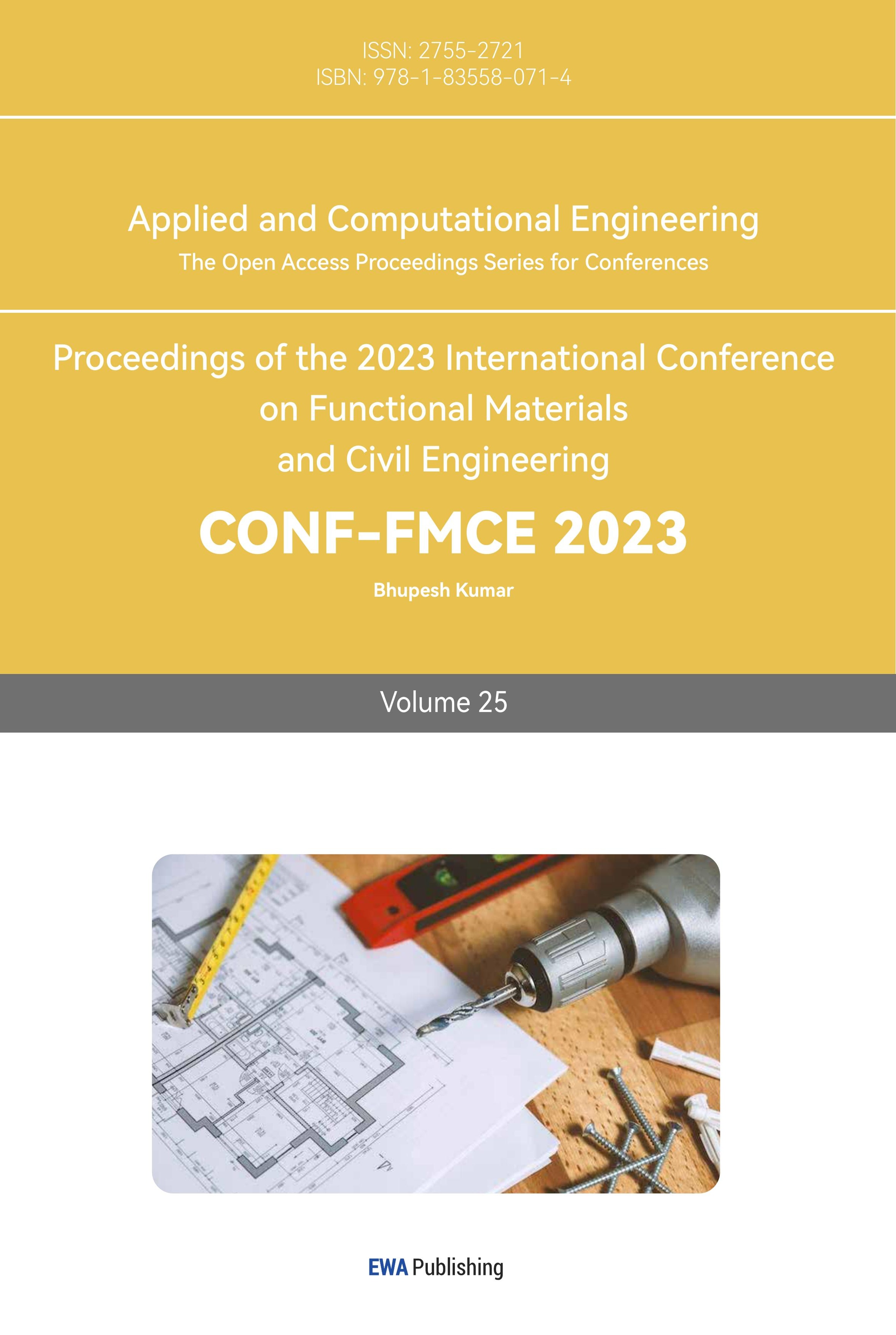References
[1]. E Glaeser Triumph of the city the Penguin Group 2011.
[2]. Caves, R.W. Encyclopedia of the City. Routledge 2004.
[3]. Tufek-Memisevic,T.;Stachura,E. A linear city development under contemporary determinants Środowisko Mieszkaniowe 2022.
[4]. M Batty The Linear City: illustrating the logic of spatial equilibrium Comput.Urban Sci.2,8 2022.
[5]. Balletto G, Ladu M, Milesi A, Borruso G. A Methodological Approach on Disused Public Properties in the 15-Minute City Perspective Sustainability 2021,13,593.
[6]. World Health Organization. Regional Office for the Western Pacific Healthy Cities: Good Health is Good Politics: toolkit for the governments to support healthy urban development 2015.
[7]. Maria Chiu, Baiju Shah, Mohammad-Reza Rezai et al. Neighbourhood Walkability and Risk of Obesity Elsevier Inc. 2014.
[8]. Duranton, Gilles & Turner, Matthew A Urban form and driving: Evidence from US cities Journal of Urban Economics Elsevier, vol. 108(C) 2018.
[9]. Aguilar, J., Bassolas, A., Ghoshal, G. et al. Impact of urban structure on infectious disease spreading Sci Rep 12, 3816 2022.
[10]. A Rybka and Rafał Mazur The river as an element of urban composition E3S Web Conf., 45 2018.
[11]. J Jacobs The Death and Life of Great American Cities Random House 1961.
Cite this article
Wang,S. (2023). A comparative study of two urban planning models: The linear city model and the 15-minute city model. Applied and Computational Engineering,25,276-279.
Data availability
The datasets used and/or analyzed during the current study will be available from the authors upon reasonable request.
Disclaimer/Publisher's Note
The statements, opinions and data contained in all publications are solely those of the individual author(s) and contributor(s) and not of EWA Publishing and/or the editor(s). EWA Publishing and/or the editor(s) disclaim responsibility for any injury to people or property resulting from any ideas, methods, instructions or products referred to in the content.
About volume
Volume title: Proceedings of the 2023 International Conference on Functional Materials and Civil Engineering
© 2024 by the author(s). Licensee EWA Publishing, Oxford, UK. This article is an open access article distributed under the terms and
conditions of the Creative Commons Attribution (CC BY) license. Authors who
publish this series agree to the following terms:
1. Authors retain copyright and grant the series right of first publication with the work simultaneously licensed under a Creative Commons
Attribution License that allows others to share the work with an acknowledgment of the work's authorship and initial publication in this
series.
2. Authors are able to enter into separate, additional contractual arrangements for the non-exclusive distribution of the series's published
version of the work (e.g., post it to an institutional repository or publish it in a book), with an acknowledgment of its initial
publication in this series.
3. Authors are permitted and encouraged to post their work online (e.g., in institutional repositories or on their website) prior to and
during the submission process, as it can lead to productive exchanges, as well as earlier and greater citation of published work (See
Open access policy for details).
References
[1]. E Glaeser Triumph of the city the Penguin Group 2011.
[2]. Caves, R.W. Encyclopedia of the City. Routledge 2004.
[3]. Tufek-Memisevic,T.;Stachura,E. A linear city development under contemporary determinants Środowisko Mieszkaniowe 2022.
[4]. M Batty The Linear City: illustrating the logic of spatial equilibrium Comput.Urban Sci.2,8 2022.
[5]. Balletto G, Ladu M, Milesi A, Borruso G. A Methodological Approach on Disused Public Properties in the 15-Minute City Perspective Sustainability 2021,13,593.
[6]. World Health Organization. Regional Office for the Western Pacific Healthy Cities: Good Health is Good Politics: toolkit for the governments to support healthy urban development 2015.
[7]. Maria Chiu, Baiju Shah, Mohammad-Reza Rezai et al. Neighbourhood Walkability and Risk of Obesity Elsevier Inc. 2014.
[8]. Duranton, Gilles & Turner, Matthew A Urban form and driving: Evidence from US cities Journal of Urban Economics Elsevier, vol. 108(C) 2018.
[9]. Aguilar, J., Bassolas, A., Ghoshal, G. et al. Impact of urban structure on infectious disease spreading Sci Rep 12, 3816 2022.
[10]. A Rybka and Rafał Mazur The river as an element of urban composition E3S Web Conf., 45 2018.
[11]. J Jacobs The Death and Life of Great American Cities Random House 1961.









